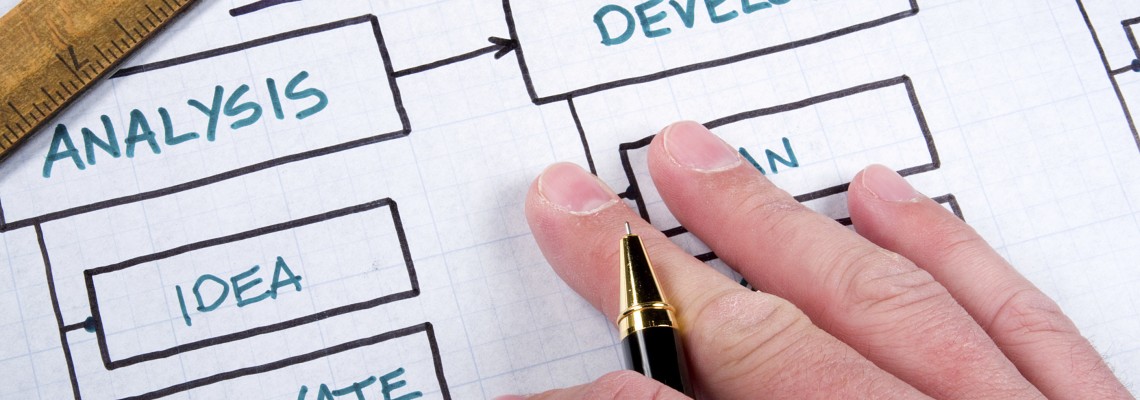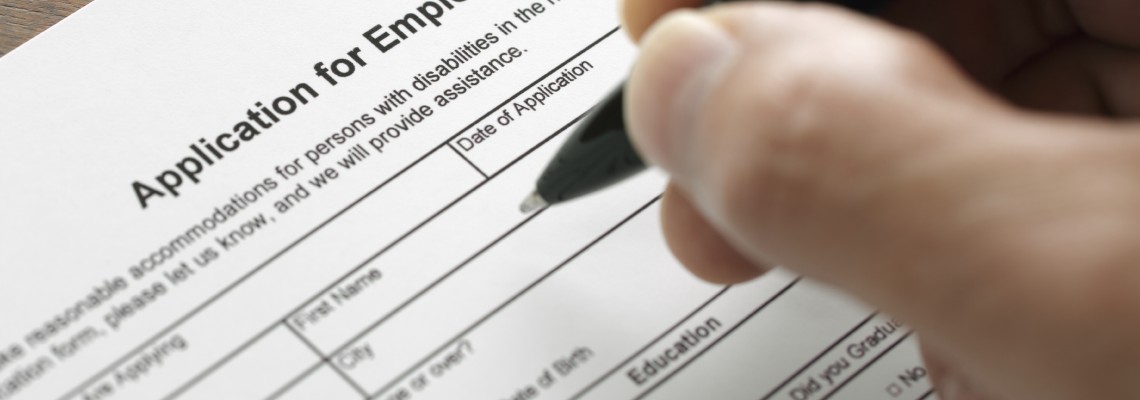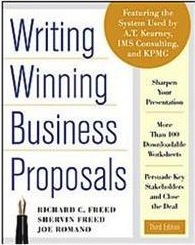-
Collaboration
“New ideas pass through three periods: 1) It can’t be done. 2) It probably can be done, but it’s not worth doing. 3) I knew it was a good idea all along!” ~Arthur C. Clarke
-
Innovation
“Don’t ask what the world needs. Ask what makes you come alive, and go do it. Because what the world needs is people who have come alive.” ~Howard Thurman
-
Consulting
“Imagination is more important than knowledge. For knowledge is limited to all we now know and understand, while imagination embraces the entire world, and all there ever will be to know and understand.” ~Albert Einstein
-
Join the Team
“I know not how I may seem to others, but to myself I am but a small child wandering upon the vast shores of knowledge, every now and then finding a small bright pebble to content myself with” ~Plato
Schedule
*Note: This is the expected schedule for this semester. However, working with teams can lead to unexpected schedule changes. I will update the online schedule as necessary. For the online section, all assignments will be due Sunday by 11:59 p.m.. We will discuss specifics of each assignment in that email. Make sure to complete the readings for each week before you begin working on the assignment and before you watch the lecture. The readings are designed to help you accomplish your task for each week. You will be expected to demonstrate principles from the course text in each of the assignments listed.
In this unit, we’ll discuss the proposal genre, its conventions and its audiences. We’ll also break down the proposal genre into sub-genres, and discuss their conventions and their audiences. In doing this, we’ll see how the proposal typically contains its own internal logic that speaks to the needs of a particular audience with expectations. We’ll answer questions like: How do I make my proposal address the current situation I want to change? How do I articulate the desired result? How do I describe the benefits of my proposition?
Typically, answering these questions is easier when writing to a single reader, but what if we are making a proposition to several readers, all with different expectations?
In this unit, we’ll use readings and proposal samples to understand the proposal genre and to answer these questions. Also, we’ll get acquainted with each other, and you’ll each set personal communication goals, goals which will help you better use this course for your benefits.
Learning Objectives
-
Understand key terms and definitions about communication in general and proposals in particular.
-
Explore the proposal genre through analysis.
-
Create reachable goals for using this course to your maximum benefit.
Week 1
Aug 26-Sept 1
- Lecture: Welcome to the Course
- Discussion: Post Personal Info
- Assignment: Send Goals E-mail to Instructor (Send me an e-mail introducing yourself).
- Required Reading: Christine M. Tardy, “A Genre System View of the Funding of Academic Research”
Week 2
Sept 2-Sept 8
- Required Reading: Writing Winning Business Proposals, Chapters 1 and 2
- Reading Review: Chapters 1 and 2; Tardy
- Lecture: Taxonomy of Proposals
- Discussion: None
You do not need to be a proposal writing expert to feel the impact of a poorly designed document. It may appear too busy, difficult to scan, and difficult to absorb. If you find yourself continually reviewing the same pages, it may either be that you are trying to learn something difficult that interests you or that you are trying to learn something that is just difficult due to design. In this unit we will explore Font Selection, Document Layout, Justification, Visual Features and Attributes, and Accessibility.
We will also explore how to revise and edit a document for usability. We will discuss how grammar, punctuation and style play important roles in creating a positive ethos for your document. In addition we’ll briefly discuss the document cycling process of usability testing. We will also consider the needs of international readers.
In this unit we will try to answer questions such as what what is good design? What is document cycling? How do revising, proofreading & editing differ?
Learning Objectives
- To introduce essential features of proper grammar, spelling, punctuation and style.
- To explore the concept of information design
- To deepen our understanding of document visual features and attributes
- To think about the use of tables to organize and depict data
- To examine cross-cultural symbols
- To explore five principles of design
- To actively experiment and try out techniques – reflection-in-action
Week 3
Sep 9-Sep 15
- Read Writing Winning Business Proposals, p. 275-292
-
Read The Elements of Style by Strunk & White
-
Lecture: Rhetorical Voice
-
Recommendation: Review & Complete OWL Exercises:
- Grammar Exercises
- Punctuation Exercises
- Spelling Exercises
- Sentence Structure
- Sentence Style
- Paraphrasing
- Writing Numbers
-
Read Proofreading:
- Beginning Proofreading
- Proofreading for Errors
- Proofreading Suggestions
- Revising for Cohesion
- Steps for Revising
- Read TCT Ch.20 “Revising & Editing for Usability” (PDF)
-
Post Editing Exercise
Week 4
Sep 16-Sep 22
Watch ALL:
- Gestalt Principles: Proximity
- Gestalt Principles: Alignment
- Gestalt Principles: Repetition and Contrast
- Use borders, boxes, and shapes as layout elements
In this unit, we’ll discuss the underlying logic of proposal writing, and we’ll also break down that logic into specific sections (or generic slots) that will help you craft a cohesive proposal. The Baseline Logic is the highest–level summary of your proposal. Proposals that communicate ineffectively almost always suffer from faulty alignment of the baseline logic. In this unit I will help you to analyze these alignments so that you can correct gaps or inconsistencies in your logic. Specifically, the Baseline Logic helps you ensure that the following are logically aligned:
- The funder’s goals and the overriding problem, causes, and effects that your proposed efforts will address
- The funder’s goals and your project’s goal
- Your project’s goal, objective(s), and expected benefits
- Deliverables and project objective(s)
- Deliverables and benefits
- Benefits and effects
Despite the sometimes remarkable differences among various kinds of proposals, proposals themselves are a single genre or type of communication and as such they have what can be called a “generic structure,” a collection of elements that all proposals share. These elements exist, not because of what proposals are but because of what they propose to do. That is, project and research proposals presume that a current situation exists, that a desired result will be produced after the project or study, and that from this result benefits will accrue. Accordingly, the baseline logic anticipates your project or study, and it is the foundation for what we call the Generic Structure of proposals.
We’ll answer questions like: How do I make my proposal specifically address the current situation I want to change? How do I articulate the desired result? How do I describe the benefits of my proposition?
Learning Objectives
-
Identify and define key terms of baseline logic.
Week 5
Sept 23-Sept 29
- Required Reading: Writing Winning Business Proposals, Chapter 2
- Lecture: Baseline Logic (s 16-23)
- Discussion: Email instructor your request
- Assignment: Contact your Project Manager when you receive your team assignment from the instructor
Week 6
Sept 30-Oct 6
- Required Reading: Writing Winning Business Proposals, Chapter 3, 4, 5
- Lecture: Generic Slots and PC’s Current Situation (S1) (s 24-45) (39 minutes)
- Required Reading: TCT Chp. 3 (PDF)
- Discussion: Meet with teams
- Assignment: PM report on team meeting
In this unit, we’ll discuss the psychology of your clients and buyers, and we’ll also break down the psychology into specific sections of your proposal process. We’ll answer questions like: How do I understand what my client really wants from me? How do I articulate the proposition to meet their needs and wants? We’ll use the readings, lectures, and worksheets to answer these questions.
Learning Objectives
-
Identify and define key terms of psychologics.
-
Identify, analyze, and synthesize themes and hot buttons in a client interview.
Week 7
Oct 7-Oct 13
- Required Reading: Writing Winning Business Proposals, Chapter 6
- Lecture: Buying Roles (s 66-78)
- Assignment: Finish team contract and begin work on Assignment 2
Week 8
Oct 14-Oct 20
- Required Reading: Writing Winning Business Proposals, Chapters 7 and 8
- Lecture: Themes (s 79-82)
- **First interview with the Boss**
I’m going to state a claim, and I’d like you to provide some “good reasons” to support it.
Here it is: “In many if not most proposal situations, the background section is the most important section of the document.”
Assuming that claim is true, why is it true?
Possible answers:
•First major section read; therefore, creates the first impression.
•Demonstrates how well we’ve listened.
•Shows how well we can define the PC’s problem and contextualize it.
Here’s another claim I’d like you to assume is true and to tell me why:
“Among all the proposal’s section’s, the background section is the most difficult to write.” Why is that true?
[The answer you’re looking for: It’s the most variable, the most client specific, the most situationally specific.]
Because it’s so difficult and often so time consuming to write, I’m going to provide a script or schema that will allow you to compose a solid first draft within an hour and even to orally compose a “zero draft” in 5 minutes.
As you will soon see, this script has three components: Story/S1,Questions, Closing/S2
That is, the section moves from a story, a narrative, a history, about the problem and how it developed to the questions that must be answered to address or solve that problem to the objective or objectives you will achieve so that the PC has greater understanding or knowledge about the problem and/or a plan to solve it and/or eliminated the problem altogether.
Week 9
Oct 21-Oct 27
- Required Reading: Writing Winning Business Proposals, Chapter 9
- Lecture: Background Section I (s 45-55)
- ***Second Interview with the Boss***
- Discussion: Review examples of Assignment 1 on the course website
- Assignment: Draft and redraft the background section of assignment 1
Week 10
Oct 28-Nov 3
- Required Reading: Review Chp 2 and 3
- Reading Review
- Discussion: 4-5 possible projects your team might like to pursue
- Assignment: upload your draft of the background section of assignment 1
Your methodology comprises the series of tasks and activities you will perform during your project, as well as your plan. Tasks are worksteps conducted over time that produce your project’s deliverables that, taken together, achieve your project’s objective(s). They are part of the problem–solving process.
The “ends” of your project are expressed by your objectives. Your project’s tasks are the “means” to achieve them. They are the logically sequenced worksteps you will perform to achieve the project’s desired result. As “Using Logic Trees” suggests, in phrasing each task you should be certain that it expresses a result, a deliverable that you can hold in your hand (e.g., specifications) or witness (e.g., a training program) or immediately sense (e.g., trained teachers). Note that tasks phrased like “gather information” and “interview key stakeholders” do not adequately express results, since the “results” of such tasks would be only gathered information and interviewed stakeholders. After you have gathered information, all you have is a lot of gathered information. After you have interviewed stakeholders, all you have is some number of interviewed stakeholders. Compare these non–specific actions to “identify required resources” and “specify required capabilities.” These are actions that imply specific results, results that can be measured and evaluated.
Learning Objectives
-
Write a methods section that makes effective use of PIP (persuasion-information-persuasion)
Week 11
Nov 4 – Nov 10
- Required Reading: Writing Winning Business Proposals, Chapters 4-5, 10
- Lecture: Composing the Methods Section, pt. 1: The Introduction (s 83-94)
- Assignment: Begin drafting the methods section of assignment 1
Week 12
Nov 11 – Nov 17
- Required Reading: Read both assignment 2 examples on the website
- Reading Review:
- Lecture: Composing the Methods Section, pt. 2: The Body. (s 95-108)
- Assignment: upload your draft of the method section of assignment 1.
Funders judge projects as worthy of funding in large part because the projects will produce benefits, often in the form of a measurable change, however small or incremental, in the human condition. Articulating clear and convincing benefits, therefore, is an important exercise in any proposal–development effort. In additional to making these specific promises, you must also convince the funder you can deliver. You must persuade the funder you have the needed expertise to complete the tasks in your method section. So, you must establish your qualifications in the qualification section of the proposal.
The first step is to align objectives and benefits. By definition, baseline–logic benefits are the good things that accrue as a result of the project objective(s) being achieved. Accordingly, you will be able to articulate benefits by asking yourself what positive outcomes will result once those objectives are achieved.
The second is by aligning deliverables and benefits. If objectives produce benefits, then it follows that deliverables—the smaller outcomes that produce objectives—can also be beneficial. Accordingly, you will be able to articulate benefits by asking yourself what positive outcome will result as each deliverable is achieved.
The third is by aligning effects and benefits. Effects exist because an overriding problem exists. By achieving your project’s objective(s), that problem will be solved.
This unit, therefore, provides you significant opportunities to align key elements of the baseline logic: objectives and benefits, deliverables and benefits, and effects and benefits, all the while identifying key benefits that will be persuasive to funders. How is a funder to differentiate one project from another except by determining which will do the most good?
Week 13
Nov 18 – Nov 24
- Required Reading: Writing Winning Business Proposals, Chapter 11,12, and 13
- Lecture: Composing the Qualifications Slot (s 109-113)
- Lecture:Composing the Fees and Benefits Slots (s 114-119)
- Assignment: Teams work on Assign. 2
Assignment 1: Consulting Proposal (description)
Assignment 3: Grant Proposal and Recommendation Report of the Presentation
(more to come after the break)
Week 14
Thanksgiving Break
During these last two week you will focus on completing all of your major projects: (1) Team Oral Presentation with Individual Report (2) Team Proposal, and (3) Individual Consulting Proposal. This work will involve at least three steps:
The teamwork on the final oral presentation should occupy a significant portion of your week, although you should also remember that the final individual report is also due and should be something you begin to craft his week.
PMs should be in constant contact with each team member. Teammates, you should receive direction from your PM on your part of the project and on your deadline for completing your portion.
Optional: To receive comments on your final draft of Assignment 1, email it to me as a Word attachment. (To receive meaningful feedback, I will need to receive the draft either on Saturday or Sunday of Week 15)
Week 15
Dec 2 – Dec 8
- Required Reading:
- Reading Review:
- Lecture:
- Discussion:
- Assignment: Teams work on Assign. 2 & 3
- Request feedback on your complete draft of Assignment 1
Week 16
Dec 9 – Dec 15
- Required Reading:
- Reading Review:
- Lecture:
- Discussion:
- Assignment: Each person should post final drafts of Assignments 1 & 2 in Moodle and the team PM should post for the whole team Assignment 3 in the course Moodle. Submit Assignments 1 & 2 as Word documents and also, if you wish, as PDFs. Finally, each person should also submit assignment 3b as your individual report.




